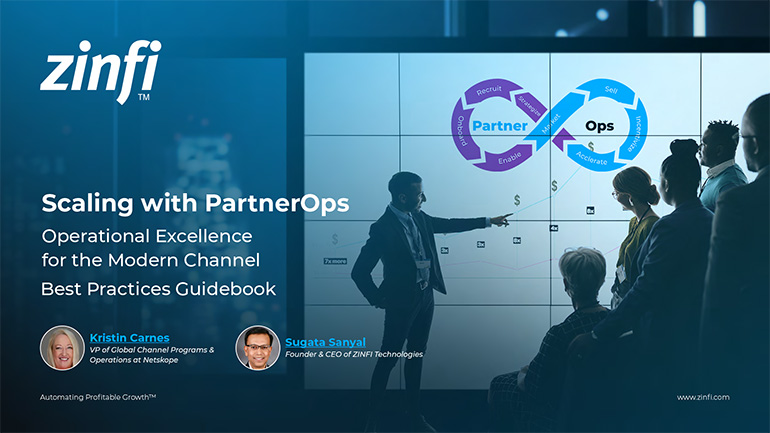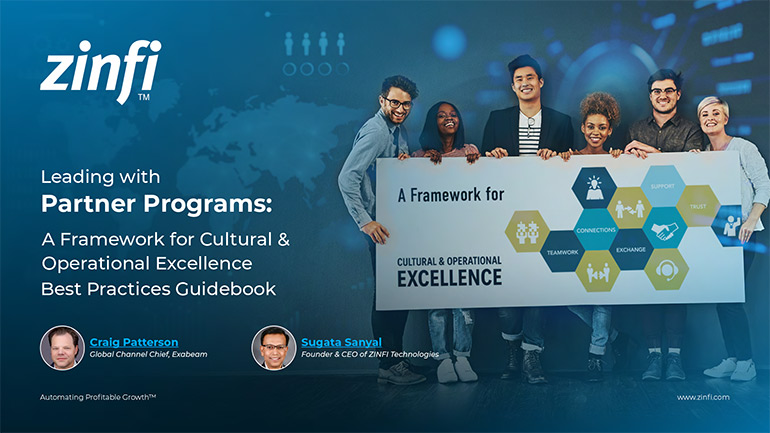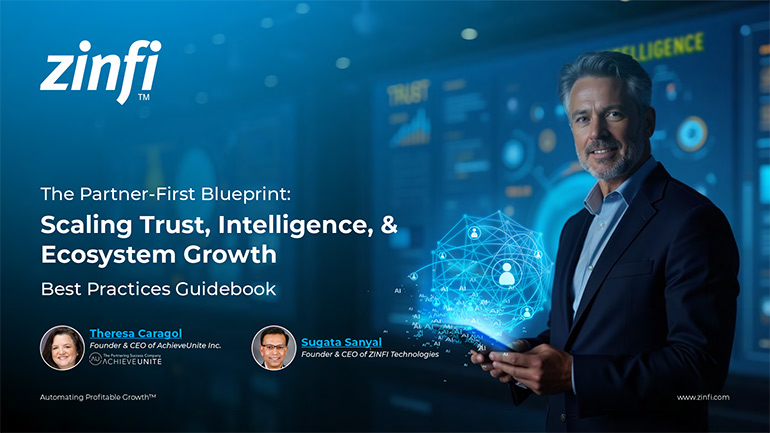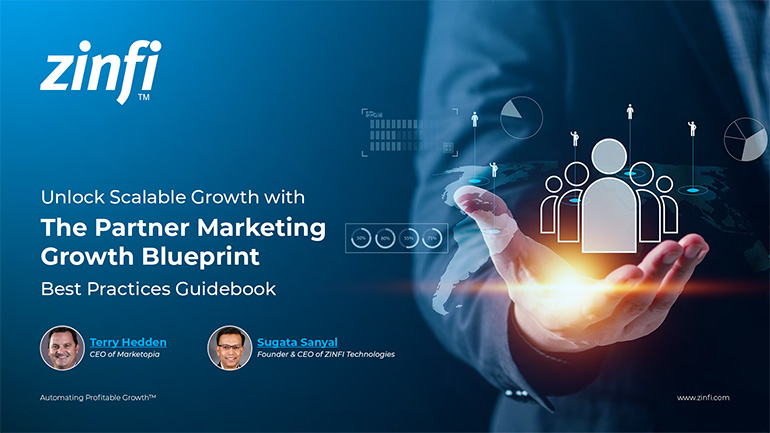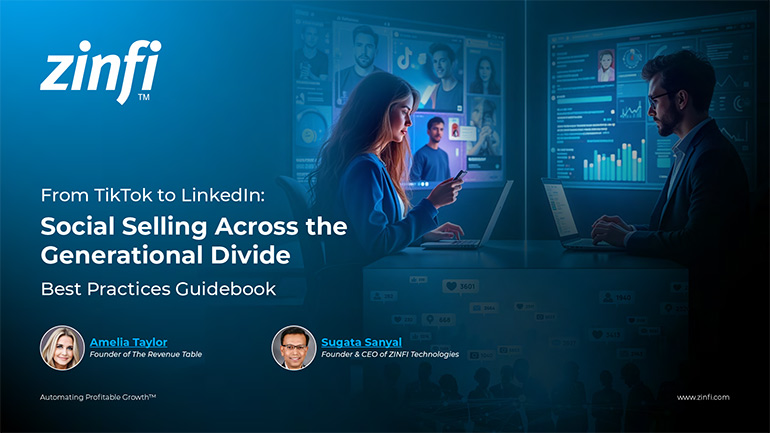The episode opens with reflections on an early sales career at ADP and Epicor. In those early days, the focus remained almost exclusively on direct sales. Most organizations controlled the customer journey, and partner relationships appeared secondary or optional. The discussion highlights how this linear model fractured over time, giving way to a more holistic view where partner ecosystems play an essential role in modern go-to-market strategies. Simple reseller engagements evolved into diverse, dynamic models involving co-sell, marketplaces, and solution integrators.
The shift didn’t occur solely at an organizational level—buyer behavior played a significant role. With more access to information, buyers now demand flexibility, integrated solutions, and expert guidance throughout the journey. This behavioral shift pushed companies to diversify their routes to market and invest more deeply in partner ecosystems. Success no longer hinges on who owns the customer but on how multiple players collaborate to deliver consistent value across the lifecycle.
This opening segment establishes why traditional direct sales tactics no longer suffice. Leaders must now embrace partner ecosystems as a core strategic pillar. The era of linear pipelines and single-vendor dominance has ended. Companies that leverage the strength of their partner communities gain broader reach, richer insights, and faster time to market. The conversation transitions from isolated transactions to interconnected value creation, setting a compelling tone for the podcast's remainder.



